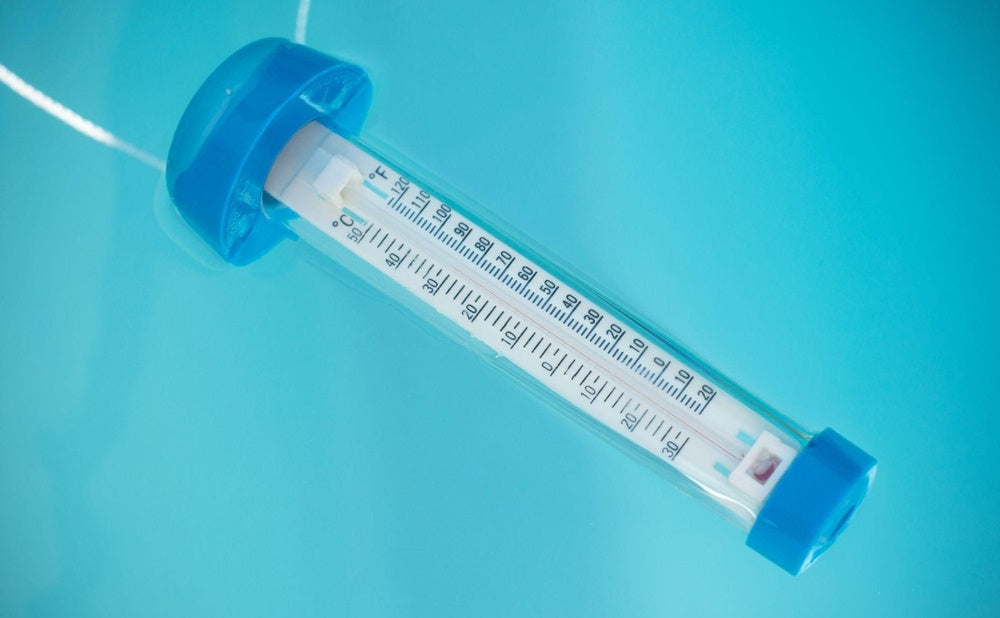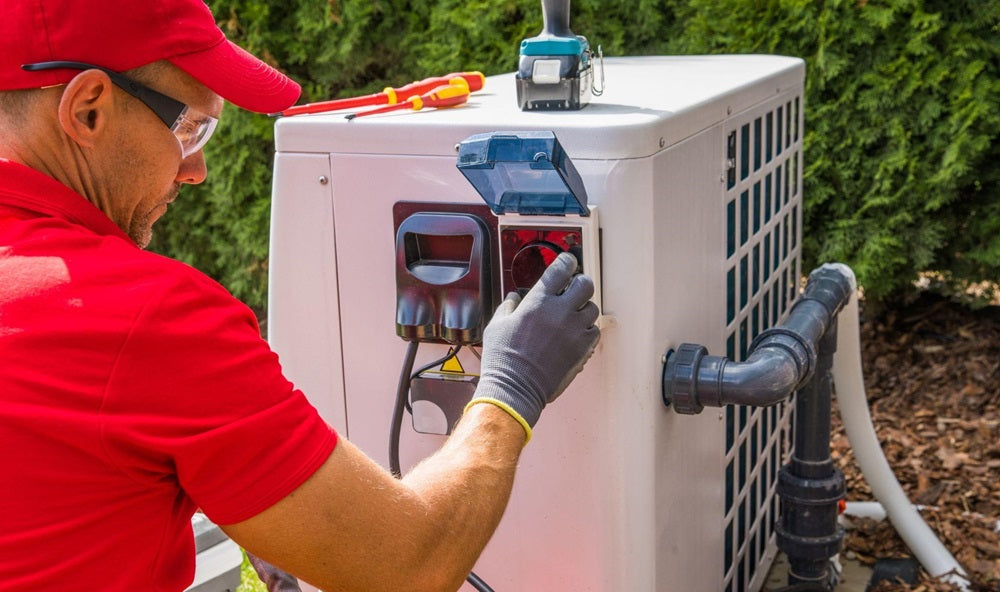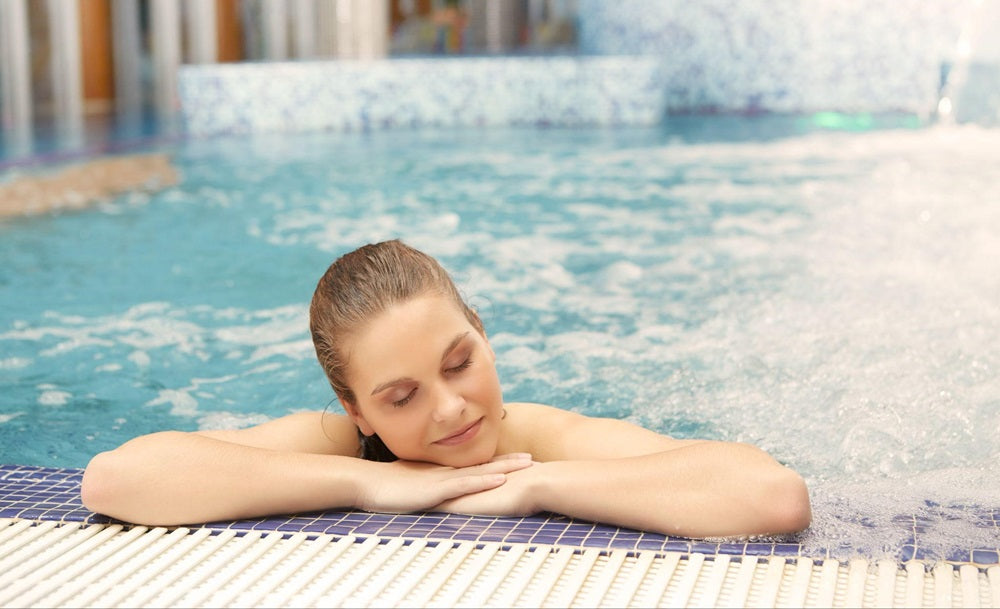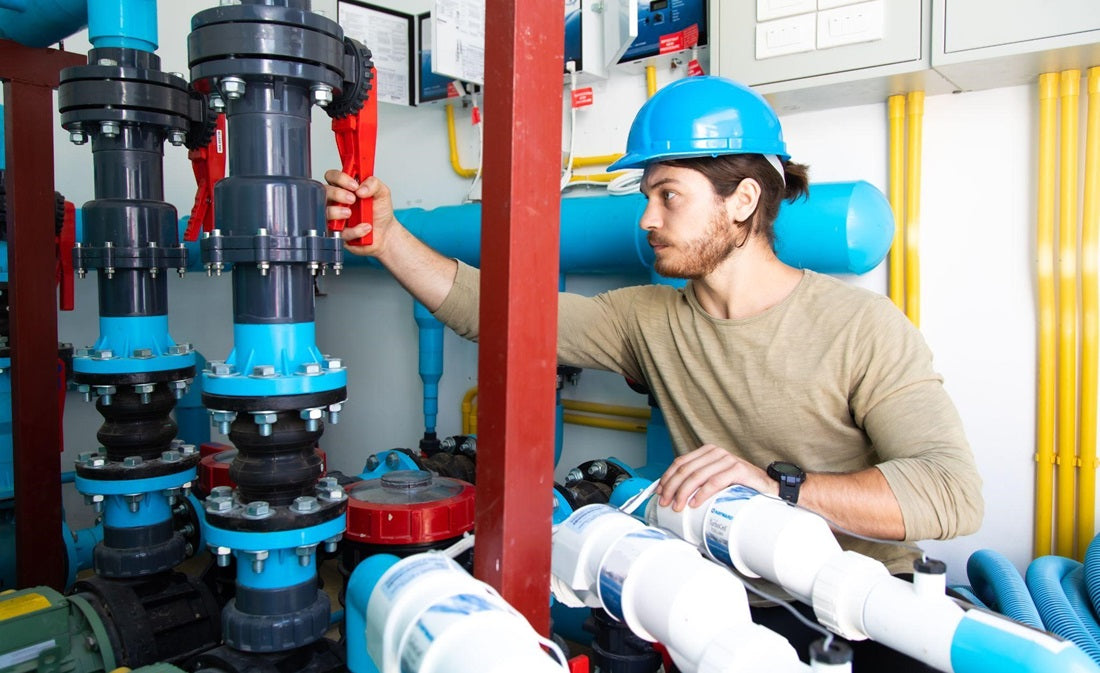No matter what month you are in, a swimming pool heater can be a great addition to any backyard oasis. This product will help keep your water comfortable even after the sun goes down and extend the swimming season even when things start to cool off.
However, before you can start enjoying warm and relaxing water conditions, you first need to install your pool heater.
If you purchased a propane pool heater, the guide below is an excellent source to reference to ensure the process goes smoothly and the product is set up correctly.
Step By Step Guide to Installing a Propane Pool Heater

It is imperative to remember that propane pool heaters run off of highly combustible propane gas tanks, and precautions should always be taken.
These precautions include proper handling, careful transportation, and ensuring valves are closed tightly and sealed whenever they are not in use.
Installing a propane pool heater shouldn't take more than a few hours when done correctly. You can tackle this task on your own, with a friend, or with the help of a professional.
Step One: Choose the Best Location
As mentioned, propane tanks can be dangerous if not handled carefully. When setting up propane pool heaters, you have to ensure it is in an open space and stationed on top of a flat, non-combustible (i.e., concrete) surface.
At least three feet of space must be cleared out around every side of the heater, and nothing should be above it.
Propane gas heaters are not intended to be used indoors, and they should never be set up near opened windows or intakes that lead into a home. Give your heater plenty of room to work safely.
Step Two: Connect the Pipes
For the heater to warm up your pool water to the desired temperature, the device must connect to the pump so the water can flow through it. To do this, you must connect a PVC pipe to the waterline from the pump.
The pipe will push water from the pump through the input on the heater, back out the output, and to the pump line, which empties into the pool.
The best way to put this piping system together is by piecing it out, using elbow joints to get a secure fit, and then removing the pipes and binding them with PVC cement before putting them into a permanent position.
Step Three: Give It Power

Now that the pump is in place and the piping is perfectly aligned and put together, it is time to get the electrical gear in place to provide power to your heater.
You can easily wire a digital heater to the pump switch by using a 220 volt or a 110 volt and connecting it by following the instructions on the heater carefully.
It is possible to do this step yourself if you have done the research and are confident you can pull it off safely. However, getting assistance from a professional engineer may be a better option.
Step Four: Take It for a Test Run
Now that your water heater is set up, secured safely, and attached to the pump and electrical components, it is time to get it running. First, open the valve to the propane tank to let the fuel start flowing.
Then switch the heater on and see what happens. This is the time to watch for leaks, a lack of heat, or anything that isn't working like it should. Diagnosing problems early on will save you a lot of time and stress in the end.
Purchasing a Pool Heater
When you pick out a pool heater, there are a few essential factors to consider ahead of time.
Taking a few moments to ensure you have the right product for your pool will ensure you don't waste your money and are heating the water safely.
- Size of your pool: Your water heater has to be large enough (or small enough) to heat the pool adequately.
- Size of your lawn: Propane heaters require plenty of free space on all sides and above. It is best to forgo this type of swimming pool heater if you can't provide this.
- The typical weather: If you live in an area that is always hot and humid, a water heater isn't necessary and can make your pool uncomfortably warm. On the flip side, an indoor product might be better if you are thinking about heating the pool throughout the winter.
- How often your pool is used: How often the pool is used will determine how frequently the heater is turned on. You might need an automatic pool heater or one set on a strict timer.
- Your pool heater budget: Gas heaters come in all shapes and sizes with various features. If you want a high-quality product with impressive features, you will pay more for it. However, if you want something to increase the water temperature a few degrees when it is too cold for your liking, a more budget-friendly option should suffice.
Every pool owner must do their homework before selecting a pool water heater for their personal use.
While they aren't very hard to install, ensuring you have the proper equipment, parts, and heater for your specific situation will determine just how well the job goes.
Contact Professionals for Help Selecting a Propane Heater Today

The best part of the pool heater selection process is that you don't have to go it alone.
Pool Products Canada has a large selection of excellent brands to ensure you get your money's worth and that highly qualified pool professionals answer your questions about pool supplies or pool care.
Contact our pool professionals today by visiting PoolProductsCanada.ca or speak with a specialist by phone or email:
- Specialist Dustin: 1-705-293-2233, dustin@poolproductscanada.ca
- Specialist William: 1-705-446-6304, william@poolproductscanada.ca

